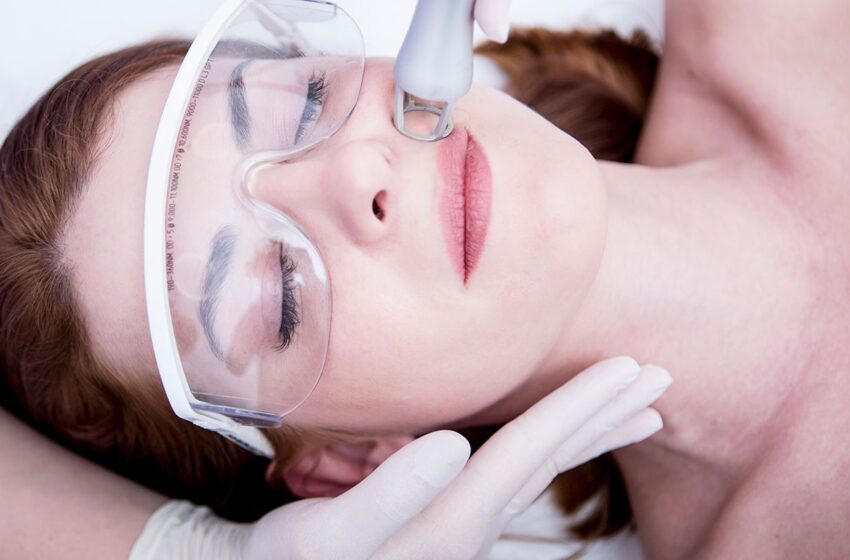Redefining Your Beauty With The Help of Fractional Resurfacing Laser Treatment

Laser skin resurfacing has the potential to make your skin look healthier and more youthful if aging, acne, or spending too much time in the sun has caused blotches, wrinkles, scarring, or lines on your face.
Laser skin resurfacing, laser peeling, laser vaporization, or lasabrasion removes skin layers accurately. Your skin has a younger-looking surface because of the fresh skin cells produced during healing. The surgery can be done separately or with other facial cosmetic procedures. A Clinique Anti Aging laser resurfacing can help you understand and address your issue.
Who Makes a Good Applicant for Laser Skin Resurfacing?
You could be an appropriate candidate for laser skin resurfacing if you have shallow acne scars around your lips, eyes, or forehead, fine lines or wrinkles, or unresponsive skin after a facelift. Additionally, you may be an excellent candidate if you have:
- Sun-damaged skin
- Birthmarks such as epidermal nevi
- Age spots
- Warts
- Liver spots
- Birthmark scars
- Enlarged oil glands around nose
You may not be a potential candidate if you have the following:
- Deeper skin tone
- Active acne
- Weakens immune system
- Deep wrinkles
- Breastfeeding or pregnant
- Sagging skin
Some laser resurfacing treatments can result in irritation or discoloration if you have dark skin. It is important to remember that keloid scarring can also occur on deeper skin tones.
The Fitzpatrick scale, which compares your skin’s melanin content with your risk of skin cancer and UV damage, may be used by your dermatologist. A scale from 1 to 6 is utilized. If you have really dark complexion, you may be a 5 or 6. You have a lower likelihood of experiencing skin damage due to this grade. But everyone is at some level of risk for skin cancer.
How are skin resurfacing procedures carried out?
The surgery can significantly modify the skin’s wrinkles, texture, tightness, discoloration, and scarring but requires some recovery time.
More aggressive operations take more but usually result in greater results. New technologies, particularly fractional laser technology, have attempted to break this norm by achieving superior results with less downtime and recovery.
This has been made possible to a certain extent with little or no effect on the procedure’s effectiveness and a greatly reduced recovery time. Where these fresh innovations have grown, a procedure’s total risks to achieve a certain goal are reduced.
